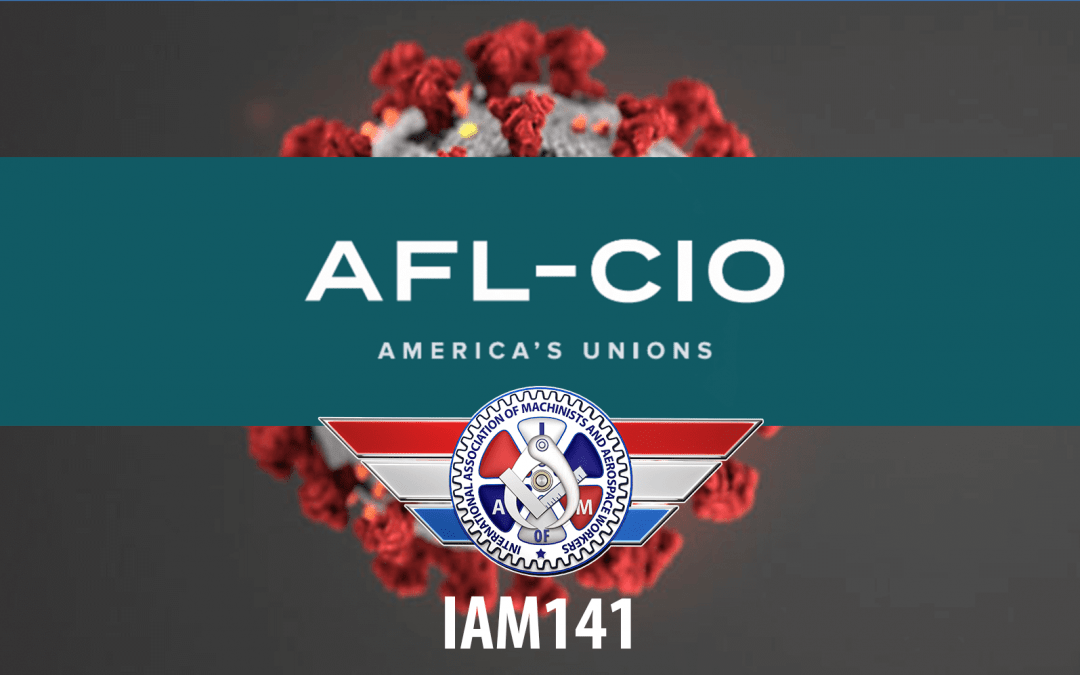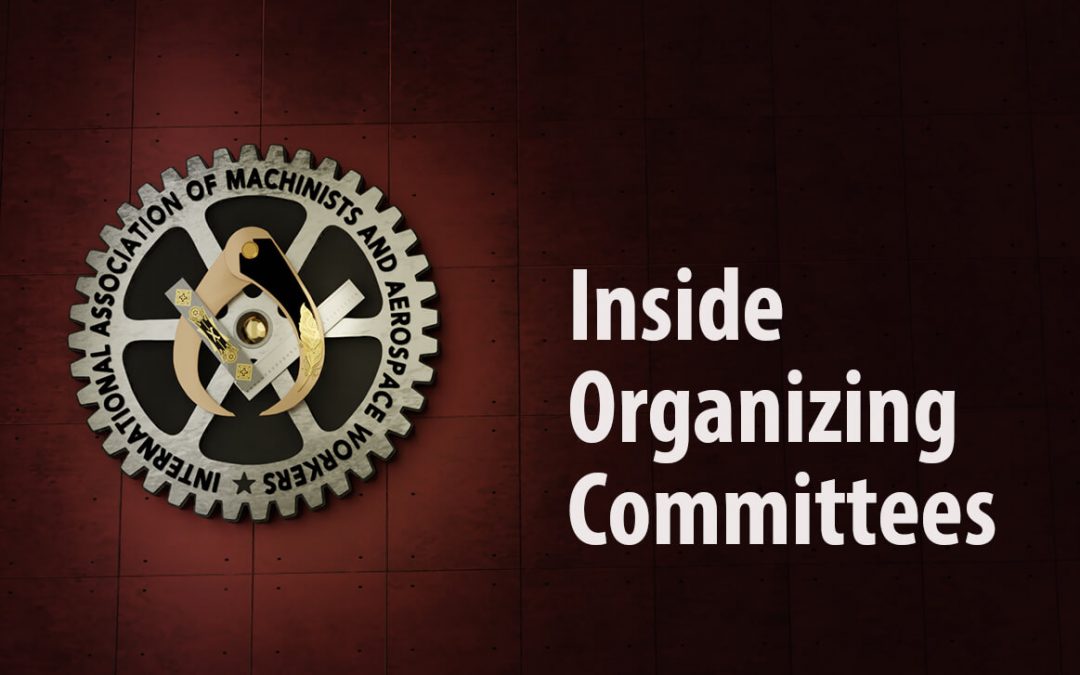
Aug 17, 2021 | Front Page, Hawaiian, Page Five, Page Four, Page Three, Page Two, Perusals, Row 2
…of major companies requiring vaccines includes executives at Walmart – as well as workers at companies such as Google, Facebook, Tyson Foods, Disney, and others. Members of the armed forces…

Mar 16, 2020 | COVID
Read Original Version
The COVID-19 outbreak is caused by the novel coronavirus SARS-CoV-2. It has spread rapidly around the globe and now throughout the United States. The World Health Organization (WHO) has classified the outbreak as a pandemic. Federal health officials have said we should prepare for severe disruptions to group gatherings and public settings, such as schools and other workplaces, and everyday life, raising a number of concerns for working people.
WHAT DO WE KNOW ABOUT THE VIRUS?
The COVID-19 virus is spreading from person to person, and there has been community transmission in the United States. Workplace exposure is a serious concern. Health care workers and Transportation Security Administration (TSA) agents have become infected with the virus. The virus can spread through the air and survive on surfaces. It can be transmitted even when people do not have symptoms; symptoms may be mild and may not present for up to two weeks. Symptoms of COVID-19 include fever, dry cough, shortness of breath, muscle ache and fatigue, whereas a runny or stuffy nose and a sore throat are more common with the seasonal flu and common cold. The disease is more deadly than the seasonal flu, with a higher risk of severe disease or death among older people, individuals with an underlying illness, and current and former smokers. Those left unprotected at work are at a greater risk of becoming infected and spreading the virus.
Information on the outbreak and virus is constantly evolving. See the links at the end for the most up-to-date information.
WORKERS AT INCREASED RISK
Working people are at increased risk if they frequently interact with potentially infected or infected individuals. Workers, listed below, are on the front lines and have an increased risk of exposure; however, as the outbreak evolves, all workers may be affected in some way.
- Health care workers;
- Emergency responders (e.g., law enforcement, firefighters, EMTs);
- Airline operations (e.g., pilots, flight attendants, other airport workers);
- Other transportation operations;
- Customs and Border Protection (CBP) and TSA workers;
- Correctional workers;
- Educators;
- Cleaning workers;
- Workers who have been identified as “essential personnel” by their employers during an outbreak or quarantine; and
- Other workers with broad exposure to the public.
PRIORITIES FOR WORKERS AND UNIONS
- Comprehensive workplace plans to identify potential exposure routes, controls to mitigate risks, such as isolation, social distancing, and personal protective equipment, and training procedures.
- Emphasis on personal hygiene practices, hand-washing, and respiratory etiquette.
- Protocols to clean and disinfect frequently touched objects and surfaces.
- Adherence to Centers for Disease Control and Prevention (CDC) recommendations when hosting and attending events or large gatherings. These recommendations may change as the situation evolves.
- Strong standards and guidance from agencies in charge of protecting different groups of workers that recognize the necessity for airborne protections for front-line workers.
- Adequate supplies of personal protective equipment, especially N95 respirators and those offering a greater level of protection, and respirator fit testing.
- Plans for supply shortages, including triage and prioritization.
- Protocols in case of a workplace or community outbreak, including possible self-quarantine or workplace quarantine.
- Resources and preparation for a surge in demand for health services, including hospital beds and caregivers.
- Much greater capacity for coronavirus testing, with a priority for testing health care workers who take care of patients.
- Policies to make it possible for sick workers, quarantined workers, parents of children whose schools have closed and workers caring for loved ones in these situations to stay at home without the loss of pay, seniority or benefits.
- Policies to ensure that workers are not discouraged by cost considerations from seeking preventive treatment, testing, ongoing treatment or, eventually, voluntary vaccination.
- Policies to address the pandemic’s impact on the U.S. economy and on specific sectors, with a guarantee that any sectoral assistance actually benefits workers.
WHAT WE’VE DONE
- Launched immediate and ongoing response and coordination of information and expertise to address affiliate needs.
- Petitioned the Occupational Safety and Health Administration (OSHA) to issue an emergency temporary standard for infectious diseases to protect all at-risk workers from COVID-19 and future infectious diseases.
- Procured supplemental funding that included worker health and safety training in emergency response preparedness and workplace procedures.
- Requested Congress to pass COVID-19 legislation and economic stimulus legislation that includes priorities of working people.
WHAT WE’RE DOING
- Working with Congress, federal agencies, and state and local governments to ensure workers are at the forefront of the U.S. strategy to contain the COVID-19 pandemic.
- Ensuring working people have the health and safety resources, training, and tools needed to be protected at work during this crisis.
- Demanding strong enforceable standards to ensure that employers provide workers the necessary protections to keep them safe from all injuries and illnesses on the job.
- Strengthening and rebuilding our systems of health care, other worker protections, and economic stabilizers whose weaknesses have been exposed by the crisis.
- Staying tuned to the AFL-CIO webpage below for the latest developments.
MORE INFORMATION

Jul 21, 2021 | Front Page, JetBlue, Organizing, Page Four, Page Three, Page Two, Perusals, Row 2
…committee that polices company efforts to violate agreements with the union, called a Grievance Committee. Other committees are formed to ensure that a particular goal is met. For example, most…
Feb 24, 2021
…Union partners with hundreds of deeply caring and trained professionals who can help guide you through a wide range of challenges. EAP services are free, confidential, and compassionate. Departments >>…
Feb 15, 2023
…between Eastern Gateway Community College and the IAMAW. Classes are online, so you can complete your degree from anywhere. We want working professionals to have the opportunity to fit online…



